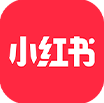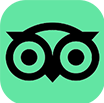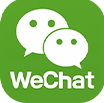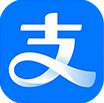Chinese Acupuncture
Acupuncture, a traditional Chinese medical technique, is widely practiced not only in China, but also in regions of Southeast Asia, Europe and America.
According to acupuncture theory, the human body is like a small universe connected by a network of meridians, and by physically stimulating these meridians, it can promote the body's self-regulation and improve the patient's health. Stimulation methods include the application of moxibustion or the insertion of needles at specific points in these channels to promote the restoration of body balance and thus prevent and treat diseases.
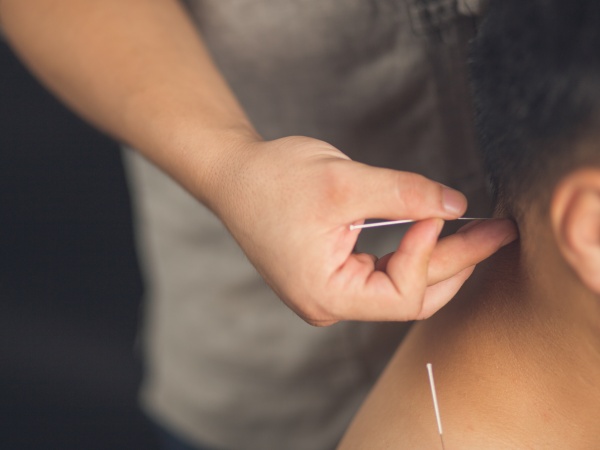
During acupuncture, needles are selected and inserted into acupuncture points based on each person's individual needs. Moxibustion is generally divided into direct and indirect, which involves directly placing moxa on acupuncture points or at a close distance to the surface of the body, and then heating the selected area. Moxa cylinders and sticks are made from dried mugwort leaves.
The transmission of knowledge of acupuncture takes place between teachers and apprentices, or between members of the same family, through oral instructions and practical demonstrations. The heritage of acupuncture is also integrated into the formal educational system.
In 2010, Chinese acupuncture was included in UNESCO's Representative List of the Intangible Cultural Heritage of Humanity.
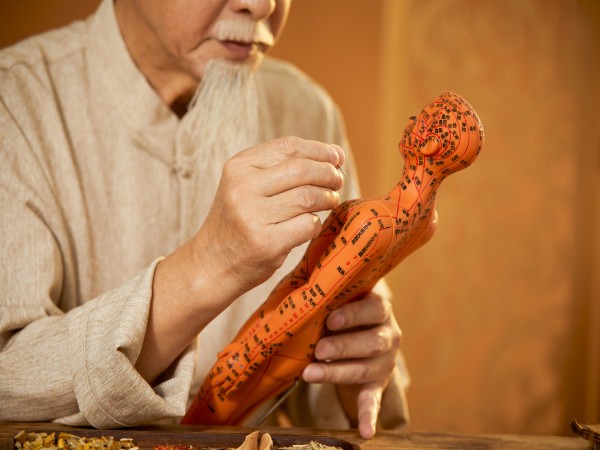
The Origin of Acupuncture
Chinese acupuncture medicine was first mentioned in the book "Huangdi Neijing" more than two thousand years ago. "Huangdi Neijing" says: "When internal cold causes illness, the appropriate treatment is moxibustion", which refers to the technique of moxibustion, detailing the shape of the nine needles and extensively describing the theory and technique of moxibustion. acupuncture. For more than two thousand years, acupuncture therapy has been popular in China and has spread throughout the world. However, the origin of acupuncture is even older.
In ancient times, people noticed that when they were accidentally hit on certain parts of the body by sharp objects such as stones or thorns, they experienced unexpected pain relief. The ancients consciously began using sharp stones to stimulate these areas of the body or inflicting wounds on their bodies to cause them to bleed, in order to relieve pain.
Our ancestors made a great discovery when a stone hit them.
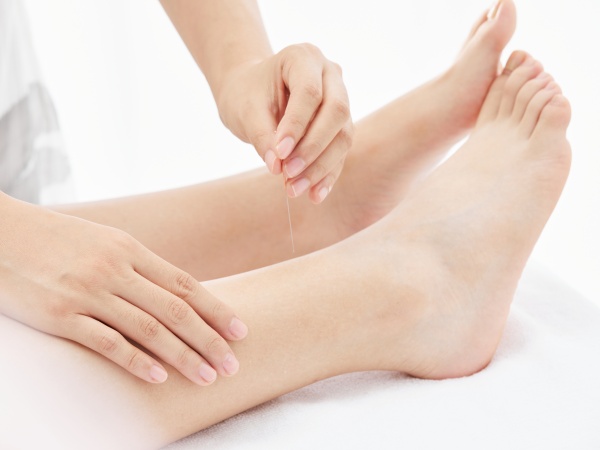
With more than 300 acupuncture points, only needles are needed to treat diseases. How did our ancestors come up with this miraculous therapy?
Acupuncture consists of two parts: the use of needles and moxibustion. During the Neolithic, when people were accidentally injured by hard objects such as stones or thorns, they experienced pain relief in certain parts of the body. So, the ancients consciously began to use sharp stones to stimulate these areas of the body, which became the first use of needles, called acupuncture stones. Moxibustion arose along with the use of fire. Our ancestors noticed that certain body pains were relieved after being exposed to smoke or the heat of fire, which inspired them to invent moxibustion.
In the Warring States era, during "Huangdi Neijing", a complete system of meridians in the human body had already been developed, and a detailed discussion on acupuncture methods and indications had been made.
In the Song Dynasty, the famous acupuncture expert Wang Weiyi compiled the "Bronze Man's Atlas of Acupuncture and Moxibustion of Acupuncture Points", in which 354 acupuncture points were recorded. He also made two bronze models of men, with meridians and internal organs engraved, for use as visual teaching tools in teaching acupuncture.
In the 6th century AD, acupuncture spread to countries such as Korea and Japan, and today it has spread throughout the world.

The Effectiveness of Acupuncture
1.Unblocking of the Meridians
Allows blocked meridians to clear and function normally, being the most basic and direct therapeutic effect of acupuncture. Meridians are connected to internal organs and external joints, and their main function is the flow of qi and blood. When the meridians are blocked, the flow of qi and blood is hindered, which manifests clinically as pain, numbness, swelling, bruising, among other symptoms. The selection of corresponding acupuncture points, needle insertion techniques, and techniques such as trilobed needle bleeding in acupuncture help to unblock the meridians and normalize the flow of qi and blood.
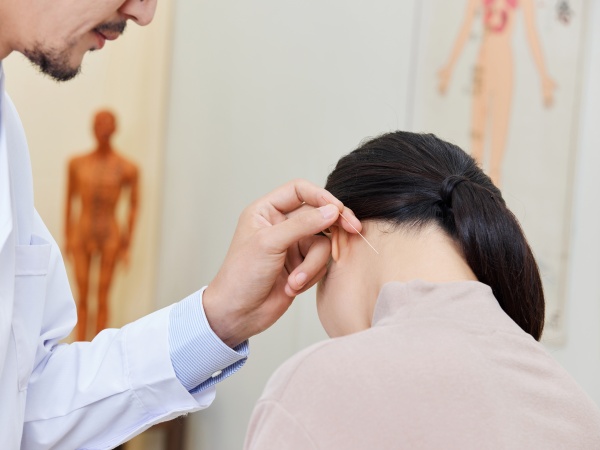
2.Harmonization of Yin and Yang
Seeks to improve the balance of the body from a state of yin-yang imbalance, being the final objective of acupuncture treatment. The disease has a complex mechanism, but can generally be attributed to an imbalance between yin and yang. The method of harmonizing yin and yang through acupuncture involves improving the yin-yang properties of the meridians, the combination of acupuncture points and needle insertion techniques.
3.Strengthening Qi and Eliminating Pathogen
Helps strengthen the body's qi and eliminate pathogens. The process of disease emergence, development and resolution is essentially a struggle between beneficial qi and pathogens. Acupuncture treatment lies in its ability to strengthen qi and eliminate pathogens.
Related Clinics
According to the National Administration of Traditional Chinese Medicine, there are Chinese medicine and acupuncture clinics run by local or resident Chinese in most regions of the world. According to reports, there are more than 11,000 registered acupuncturists in the United States, 30,000 in Germany, more than 5,000 in Mexico, 4,500 Chinese acupuncturists and doctors in Australia, more than 15,000 acupuncturists in Brazil, 1,500 Chinese doctors in Singapore and 7,707 registered doctors and acupuncturists in the Hong Kong Special Administrative Region of China. Even in Kiribati, a South Pacific island country with a population of only 20,000, there are two Chinese medicine clinics. These numerous and widely distributed Chinese medicine and acupuncture clinics have laid a solid foundation for the expansion of Chinese medicine throughout the world.
Over the past 20 years, overseas Chinese medicine clinics have seen new developments. In countries such as South Korea, the United States, Vietnam, France, Brazil and others, some government-run Western hospital clinics have established acupuncture clinics and even Chinese medicine clinics, raising the status of acupuncturists. Some clinics also offer acupuncture and Chinese medicine teaching, becoming practice clinics for local medical students, which not only helps train Chinese medicine and acupuncture professionals in the region, but also raises the academic level of the clinics.
Some overseas acupuncturists and Chinese medicine doctors also participate in local government decision-making. In 1999, Health Canada established the Office of Natural Health Products, with 17 members, including two botanical experts of Chinese origin. In 2001, a Chinese medicine doctor was hired as a presidential advisor on traditional medicine in the United States, and in Australia, a Chinese medicine doctor was appointed to the newly established Chinese Medicine Registration Board in the state of Victoria. In 2002, the United Kingdom established a Ministry of Health Herbal Management Group, with two Chinese medicine doctors graduated from the University of Traditional Chinese Medicine as members.
Overseas, most Chinese medicine doctors and acupuncturists participate in various Chinese medicine and acupuncture associations. These associations not only play a role in raising academic standards, but also advocate for the legal status of Chinese medicine acupuncturists. When local governments enact unfavorable policies toward Chinese medicine, these associations fight legally to protect the reputation and status of Chinese medicine abroad.




